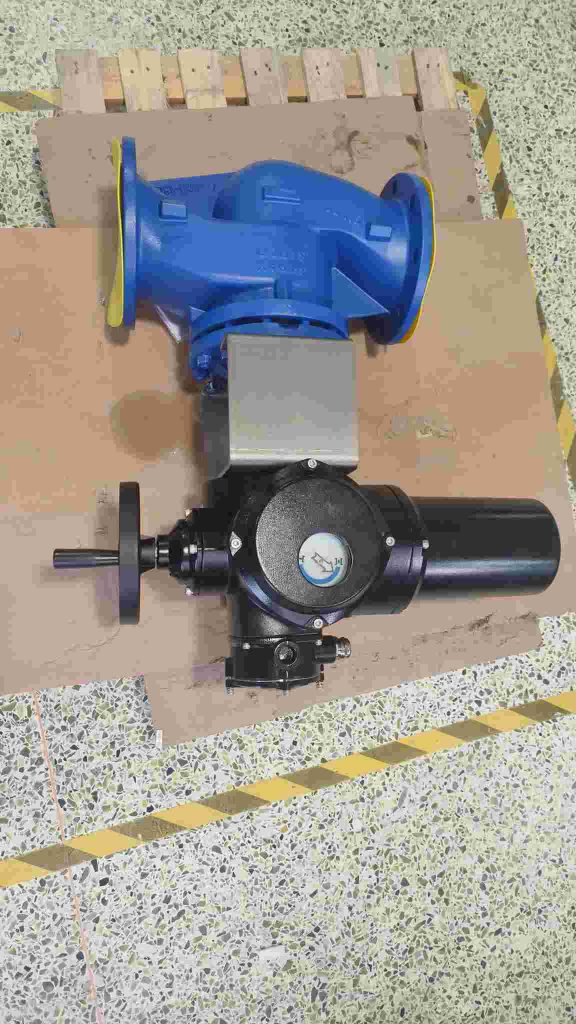The rapid growth of renewable energy technologies and electric vehicles (EVs) has increased the demand for efficient, safe, and reliable energy management systems. One of the key components in these systems is the Lithium Battery Electric Shut-Off Valve (LBESOV), an essential safety device used in a variety of applications, including electric vehicle batteries, renewable energy storage systems, and industrial power systems. The primary function of this valve is to regulate the flow of electricity and ensure safety by controlling the electrical connection in the system. In this article, we’ll explore the importance, functionality, and applications of the Lithium Battery Electric Shut-Off Valve.

What is a Lithium Battery Electric Shut-Off Valve?

A Lithium Battery Electric Shut-Off Valve is an electromechanical device used in battery-powered systems to isolate the battery from the rest of the circuit when necessary. The valve operates automatically or manually to disconnect the battery’s power output, either in an emergency situation or during routine maintenance. The shut-off valve is designed to protect the battery, the connected devices, and the users by preventing any unwanted electrical flow, which could lead to dangerous situations such as overheating, fire, or even explosions. This valve is especially important in Lithium-ion battery systems, as these batteries are known to be sensitive to overcharging, deep discharging, and temperature fluctuations. When the shut-off valve is activated, it ensures that no electrical power is flowing, thus providing a critical safety measure to mitigate risks associated with battery malfunctions or external hazards.

Leave a Reply